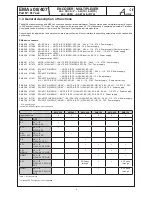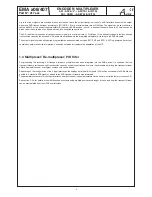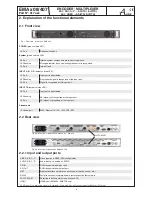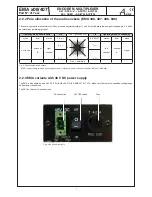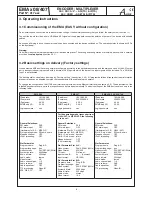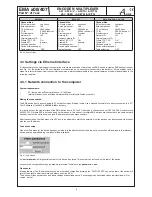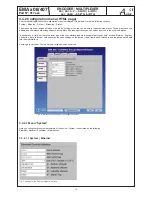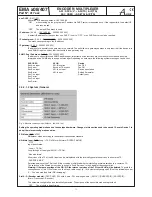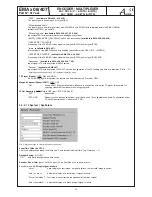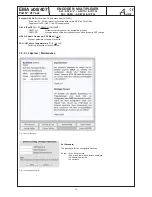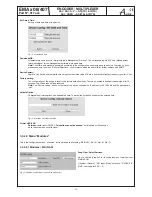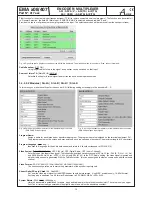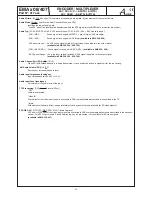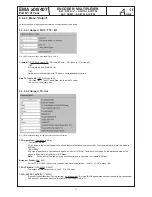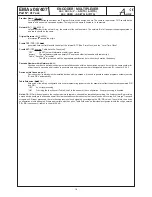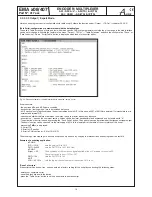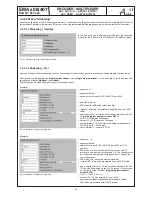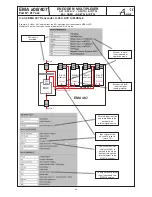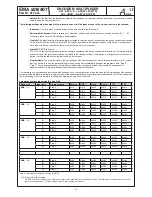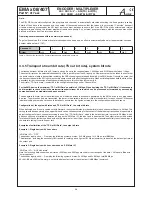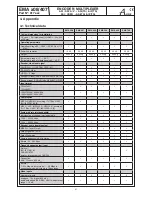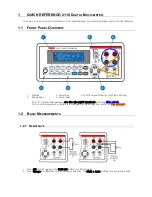
18
EMA x08/407
Part N
o
: 917x.xx
ENCODER/ MULTIPLEXER
ASI / SDI/ A/V
→
ASI(TS) & IP(TS)
ASI / HDMI
→
ASI(TS) & IP(TS)
A
LINE
Provider Name:
[Provider]
For the generated transport stream the “Program Provider“ can assign a name. The name for a particular TS ID should be the
same in all devices in a cascaded system. The length of the name is limited to 16 characters.
Network ID:
[1..100..65535]
Unique identifier for the network, e.g. the number of the cable network. The network ID of all transport streams generated in
a network should be the same.
Original Network ID:
[1..65535]
Information to identify the origin.
Create TDT/ TOT:
[OFF, ON]
generates time control files with the help of the internal RTC (Real Time Clock) and the ”Local Time Offset“
Create NIT:
[OFF, dummy, Cable, Satellite, Terrestrial]
“OFF“
No NIT (network information table) is generated.
“dummy“ The multiplexer creates an empty NIT as place-holder (extendable with table script)
“Cable“, “Satellite“, “Terrestrial“
The NIT is produced with the appropriate specification but without any details of frequency.
Cascade Number within Network:
[1..64]
Cascade number: to distinguish equipment installed cascade within a transmission network. It must be the same number for
all devices of a cascade and it serves to generate unique program numbers (designated by service ID),
»
chapter 3.3.4.2
Device within Cascade:
[1..8]
Device number: to distinguish the installed devices within a cascade. It is used to generate unique program numbers (service
ID) and PID‘s automatically.
Table Extension:
[OFF, ON]
Extension of the device configuration via script programming (expert mode, for example to affect the automatic generated PID
and SID).
“OFF“
no script processing
“ON“
Providing the function call “Table Script“ in the header of the configuration. Script processing is enabled.
Notes:
PID/ SID will be assigned to the configured slots (programs, channels) automatically according to a fixed system. By providing
unique device numbers in a cascade as well as clear cascades numbers ensures that the values do not overlap. Are “foreign“ transport
streams on ASI input processed, there is the suppression of such signals by overlapping the SID/ PID values. To avoid this, the device
configuration must be adapted. Where appropriate, with the option “Table Extension“ an individual assignment within the unit generated
PID/ SID is necessary (»table 4 in chapter 3.3.4.2).

